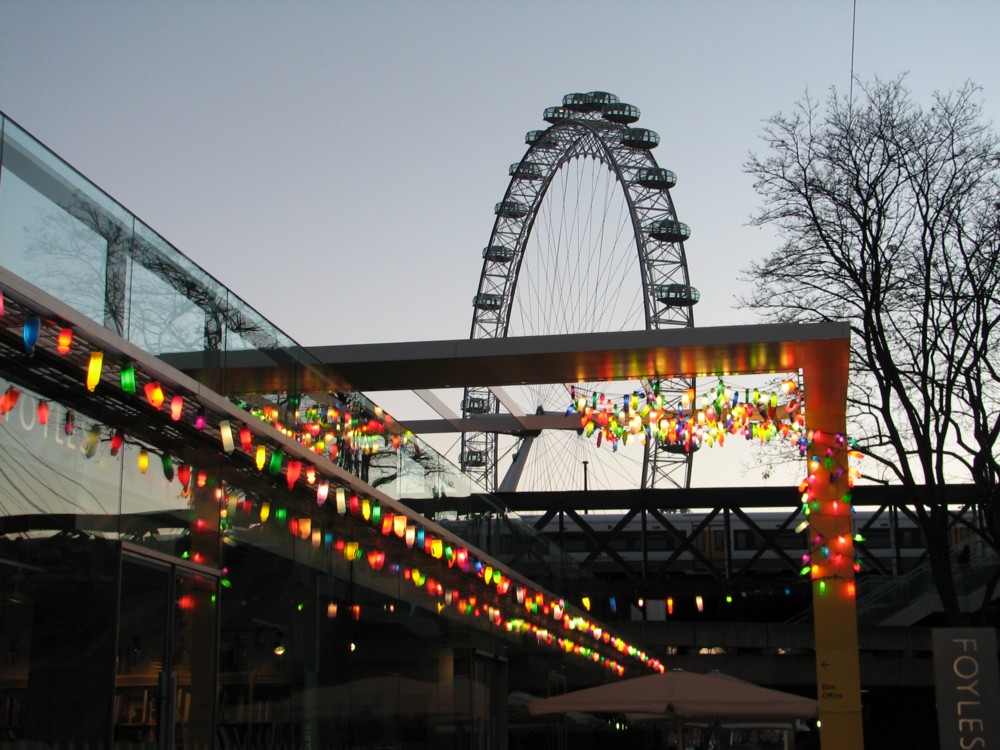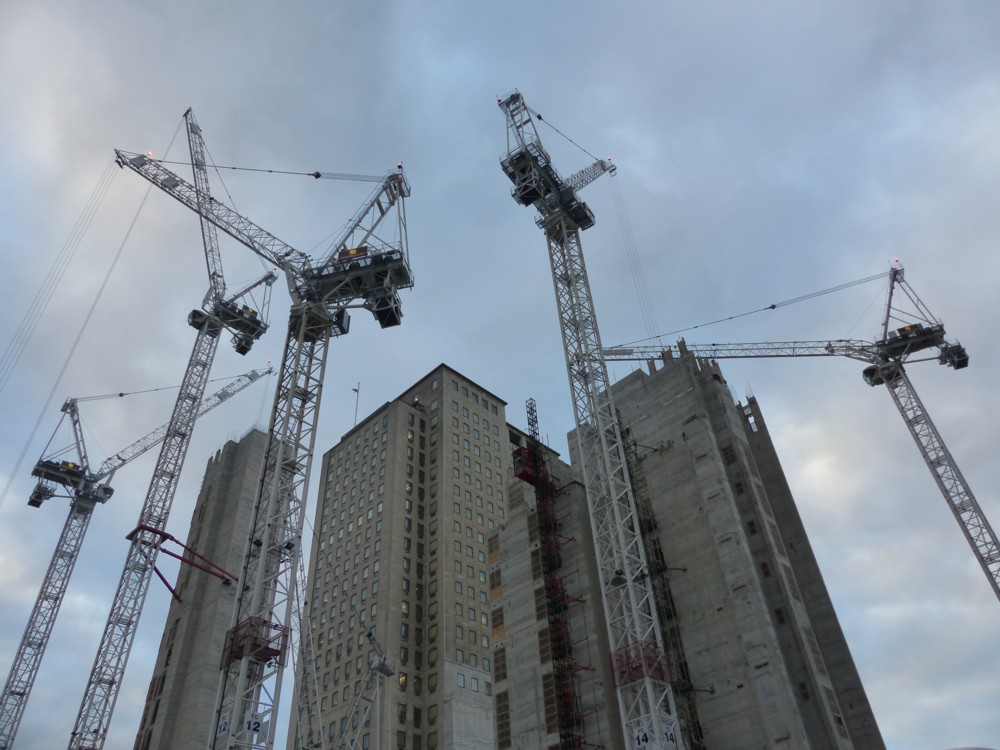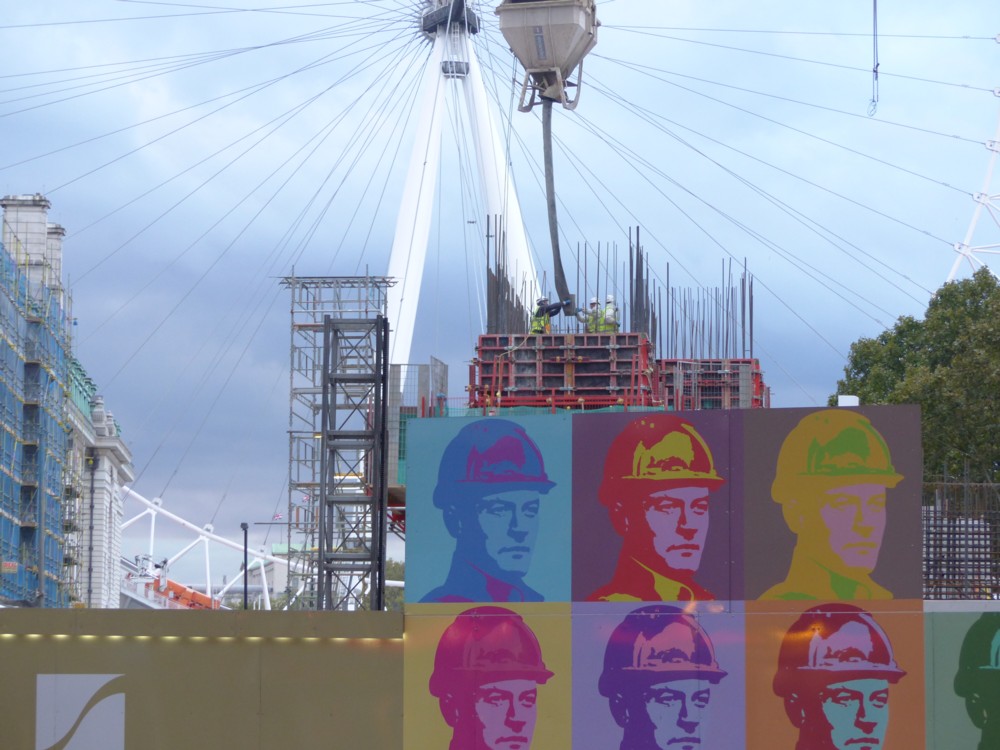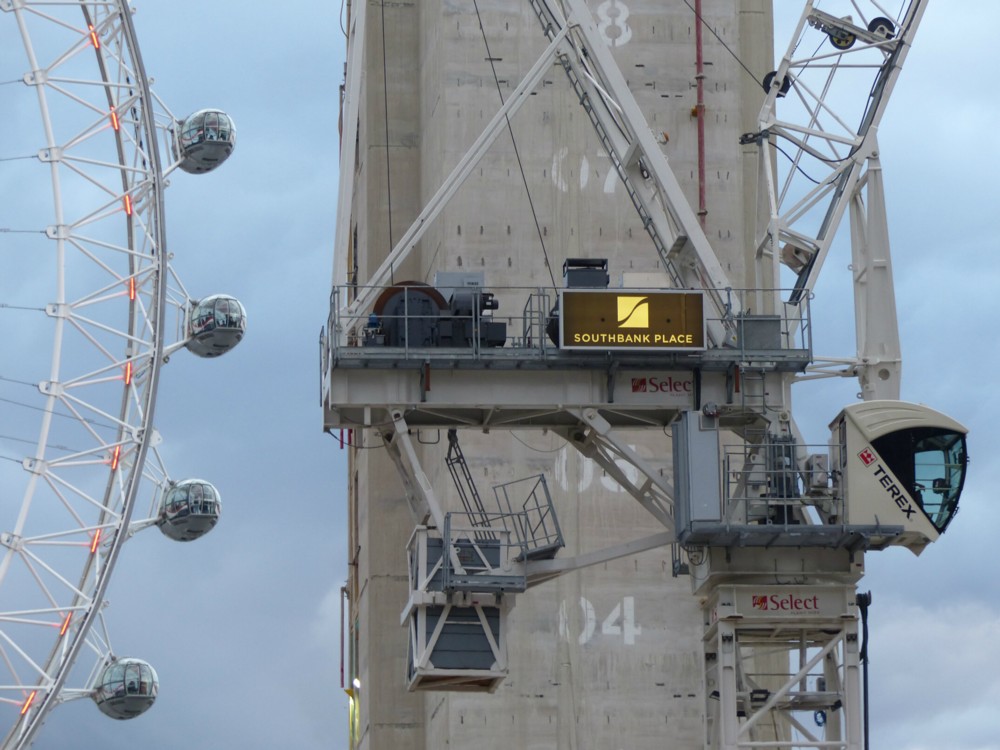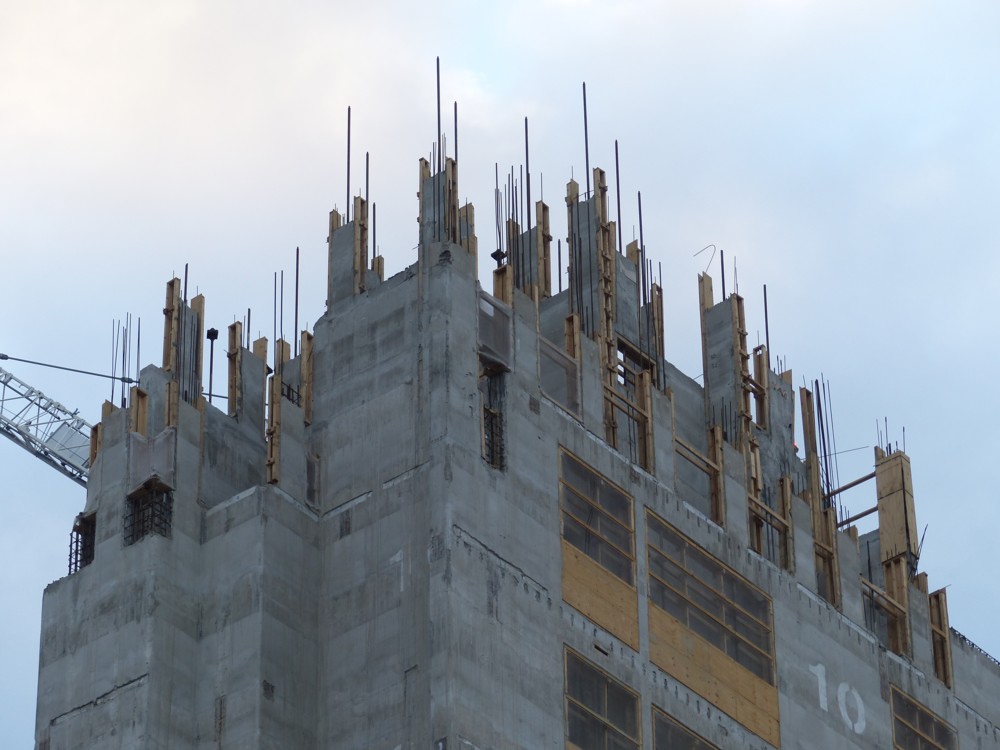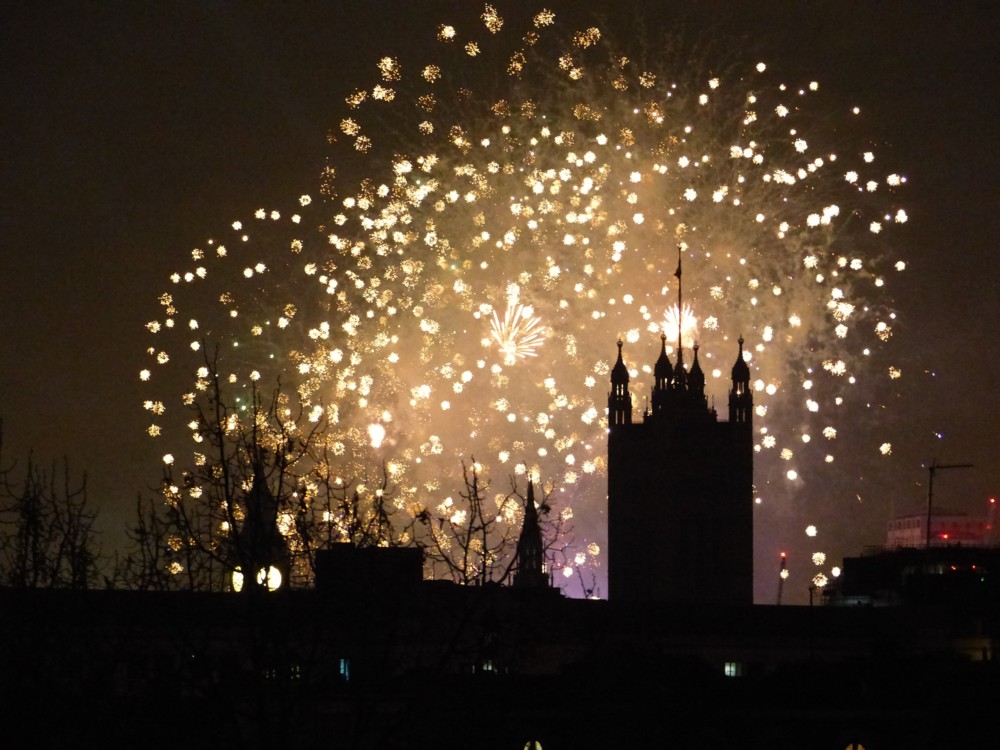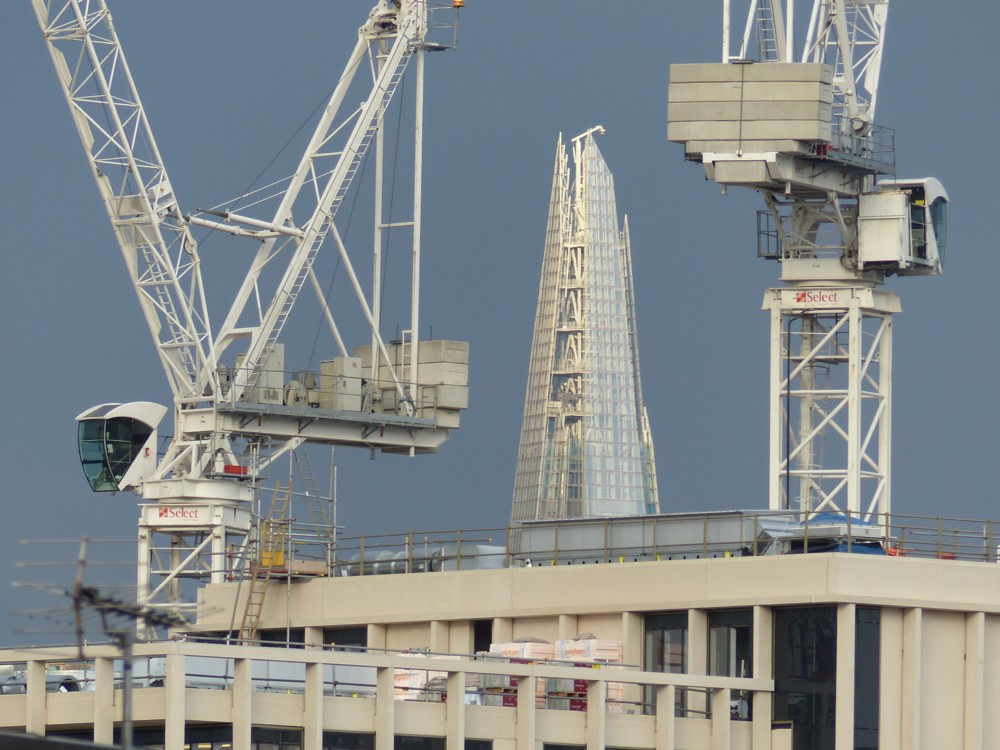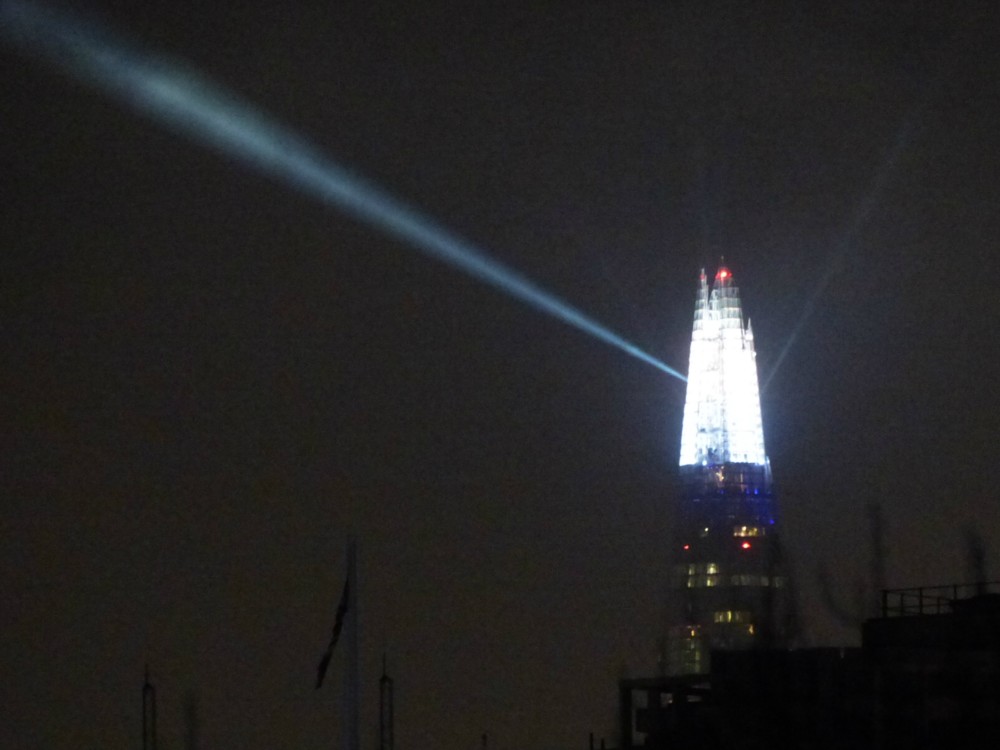Classical music making is mostly museum curation. Nothing wrong with that, because it is the best museum ever. But that is what it mostly is. Perhaps for this reason, it has long been speculated that classical music would soon stop being re-performed or re-recorded. But there seems to be little sign of this happening.
Here, to illustrate the non-demise of classical music making, is a list of currently performing pianists. It was rather hastily compiled. Perhaps some of those listed have retired. Some may even have died. And there are surely many omissions, including, quite possibly, some major omissions, including, for instance people who I am assuming to be retired or dead who are nothing of the kind.
Also, there must be a huge number of Asian pianists who are very, very good, but who I have simply not noticed the existence of. I live in London, and this list surely reflects that, both with its inclusions and its exclusions.
The number at the end of each clutch is simply me counting how many there are starting with each letter, thereby making it easier for me to count the total. It came to: 175.
Depending on how you determine inclusion or exclusion, the list could be far longer. I went for things like: Have I personally heard of them? Have they done recent recording? Are they hailed as good by classical music critics? Do I personally like their playing?
I seriously doubt whether there have ever before been as many pianists roaming the earth, performing this amazing music, mostly by dead people.
So, here we go:
Pierre-Laurent Aimard – Dimitri Alexeev – Piotr Anderszewski – Leif Ove Andsnes – Nicholas Angelich – Martha Argerich – Vladimir Ashkenazy – Yulianna Avdeeva – (8)
Sergei Babayan – Andrea Bacchetti – Daniel Barenboim – Martin James Bartlett – Jean-Efflam-Bavouzet – Alessio Bax – Mark Bebbington – Markus Becker – Boris Berezovsky – Boris Berman – Michel Beroff – Kristian Bezuidenhout – Jonathan Biss – Christian Blackshaw – Rafal Blechacz – Frank Braley – Ronald Brautigam – Yefim Bronfman – Rudolf Buchbinder – Khatia Buniatishvili – (20)
Bertrand Chamayou – Frederic Chiu – Seong-Jin Cho – Arnaldo Cohen – Imogen Cooper – (5)
Alexandra Dariescu – Lise de la Salle – Jorg Demus – Jeremy Denk – Peter Donohoe – Barry Douglas – Danny Driver – Francois-Rene Duchable (8)
Severin von Eckardstein – Michael Endres – Karl Engel – (3)
Til Fellner – Vladimir Feltsman – Janina Fialkowska – Ingrid Fliter – David Fray – Nelson Freire – Benjamin Frith – (7)
Ivana Gavric – Alexander Gavrylyuk – Boris Giltberg – Havard Gimse – Bernd Glemser – Nelson Goerner – Anna Gourari – David Greilsammer – Helene Grimaud – Benjamin Grosvenor – Horacio Guitierrez – Francois-Frederic Guy – (12)
Marc-Andre Hamelin – Wolf Harden – Rustem Hayrouodinoff – Martin Helmchen – Angela Hewitt – Peter Hill – Ian Hobson – Stephen Hough – Leslie Howard – Ching-Yun Hu – Bruce Hungerford – (11)
Valentina Igoshina – Ivan Ilic – (2)
Peter Jablonski – Paul Jacobs – Ingrid Jakoby – Martin Jones – (3)
Cyprien Katsaris – Freddy Kempf – Kevin Kenner – Olga Kern – Evgeny Kissin – Mari Kodama – Pavel Kolesnikov – (7)
Piers Lane – Lang Lang – Dejan Lazic – Eric Le Sage – John Lenehan – Elizabeth Leonskaja – Igor Levit – Daniel Levy – Paul Lewis – Yundi Li – Jenny Lin – Jan Lisiecki – Valentina Lisitsa – Louis Lortie = Alexei Lubimov – Nikolai Lugansky – (16)
Joanna MacGregor – Alexander Madzar – Oleg Marshev – Denis Matsuev – Leon McCawley – Alexander Melnikov – Gabriela Montero – Joseph Moog – Vanessa Benelli Mosell – Olli Mustonen – (10)
Jon Nakamatsu – Eldar Nebolsin – Francesco Nikolosi – David Owen Norris – (4)
Noriko Ogawa – Garrick Ohlsson – Gerhard Oppitz – Christina Ortiz – Steven Osborne – Alice Sara Ott – (6)
Enrico Pace – Murray Perahia – Javier Perianes – Alfredo Perl – Maria Perrotta – Daniel-Ben Pienaar – Maria Joao Pires – Artur Pizarro – Jonathan Plowright – Awadagin Pratt – Menahem Pressler – Vassily Primakov – (12)
Beatrice Rana – James Rhodes – Pascal Roge – Alexander Romanovsky – Martin Roscoe – Michael Rudy – (6)
Fazil Say – Konstantin Scherbakov – Andras Schiff – Dimitris Sgouros – Howard Shelley – Grigory Sokolov – Andreas Staier – Kathryn Stott – Martin Stadtfeld – Yevgeny Sudbin – (10)
Alexandre Tharaud – Jean-Yves Thibaudet – Cedric Tiberghien – Sergio Tiempo – Geoffrey Tozer – Daniil Trifonov – Simon Trpceski – Noboyuki Tsujii – (9)
Mitsuko Uchida – Florian Uhlig – (2)
Nick Van Bloss – Denes Varjon – Stephan Vladar – Lars Vogt – Arcadi Volodos – (6)
Wiayin Wang – Yuja Wang – Ashley Wass – Llyr Williams – Ingolf Wunder – Klara Wurtz – (6)
Christian Zacharias – Krystian Zimmerman – (2)
That’s a lot of pianists. All the major items of the piano repertoire have each received numerous recordings, and they each get performed somewhere on earth about every other day, and in the case of the popular piano concertos, several times a day. It just refuses to stop. The classical audience keeps aging, and then dying, only to be replaced by more aging people, who also then die, and so it goes on.
Real comments here are very rare, so all real comments on this would be very welcome. But especially welcome would be comments informing me of major omissions to that list.

